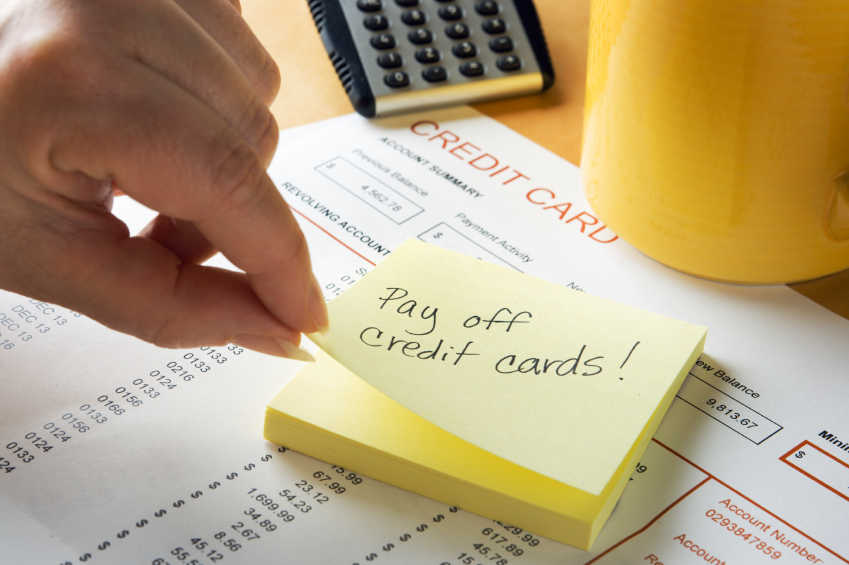You’ve done your homework and you know that paying off your credit cards in full each month is the smart move.. You’re avoiding expensive interest charges and you’re avoiding excessive credit card debt. And, you know that maintaining a low balance relative to the credit limit is a great way to earn solid credit scores. The cherry on top is that you check your credit report summaries several times each year to ensure the data is accurate.
By all accounts you’re well engaged with the important facets of all things consumer credit. But, one thing has you baffled. Every time you check your credit reports the credit cards that you use always show that you have an outstanding balance. How can that be true given that you pay them off each and every month?
The answer is…
Credit card issuers update the information in your credit files only once each month. And, their update occurs soon after your statement closing date. The statement closing date is the end of you monthly billing cycle. It’s also the same date that your balance due is determined, which is what’s included in your billing statement.
You’ll notice that the balance on your credit report is the same balance as was on your prior month’s billing statement. So, if your balance due in September was $1,000 then the balance reported to the credit bureaus as of September will also be $1,000. That’s not a coincidence. As long as you get a statement will a balance greater than zero, your credit reports will always show that there’s a balance due on your credit card accounts.
Here’s how to beat the system
It’s true that if you continue to simply pay your bill in full by the due date you’ll never have a zero balance on your credit reports. However, there are a few legitimate ways to beat the system but they’re going to require some strategy on your part. Here are the two ways to ensure a zero balance shows up on your credit reports.
1. Stop using the card for one full billing cycle.
If you pay your balance in full each month BUT then use the card again you’re always going to have a balance the following month and, therefore, will always have a balance on your credit reports. But, if you’ll pay your bill in full and also stop using the card your next statement will have a zero balance due.
This isn’t an optimal strategy because those of us who use credit cards responsibly recognize that they make our lives much more efficient and not using it just to force a zero balance on our credit reports isn’t a viable long term strategy.
2. Pay the balance in full by the statement closing date.
Your statement balance is a product of any unpaid balance carried over from the prior month + interest + fees – payments – credits. If you can get that math to equal $0 then your statement will also have a $0 balance due.
This isn’t very hard to accomplish because all you have to do is pay off your existing balance online a few days before the statement closing date. That will result in your balance being zero on your statement. And, it will also result in a zero balance on the account as reported to the credit reporting agencies. This strategy is much more attractive because you can still use you credit card. But, you will forgo the grace period because you’re paying off the balance even before the billing statement has been generated.





















